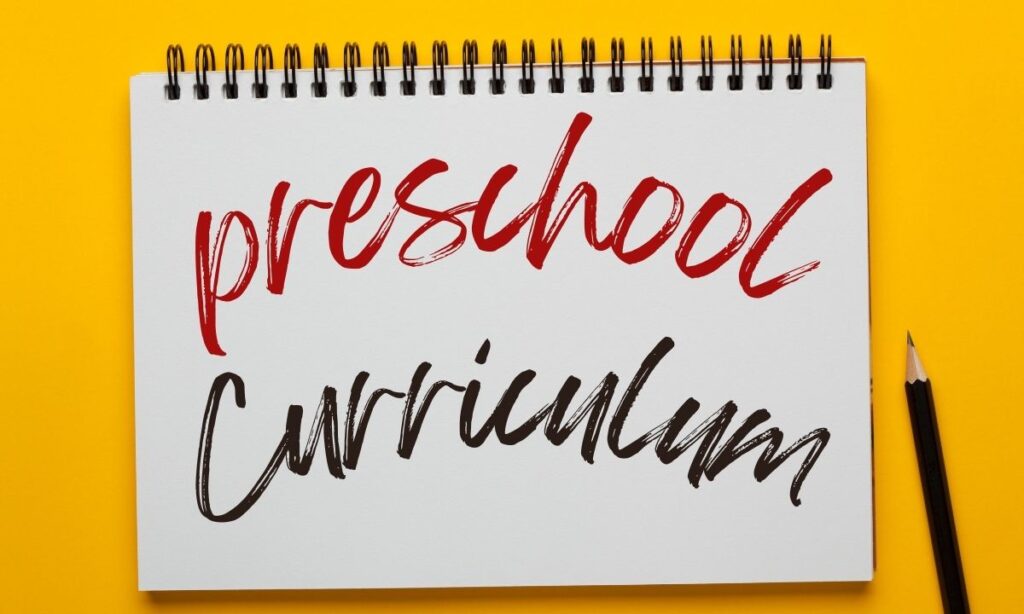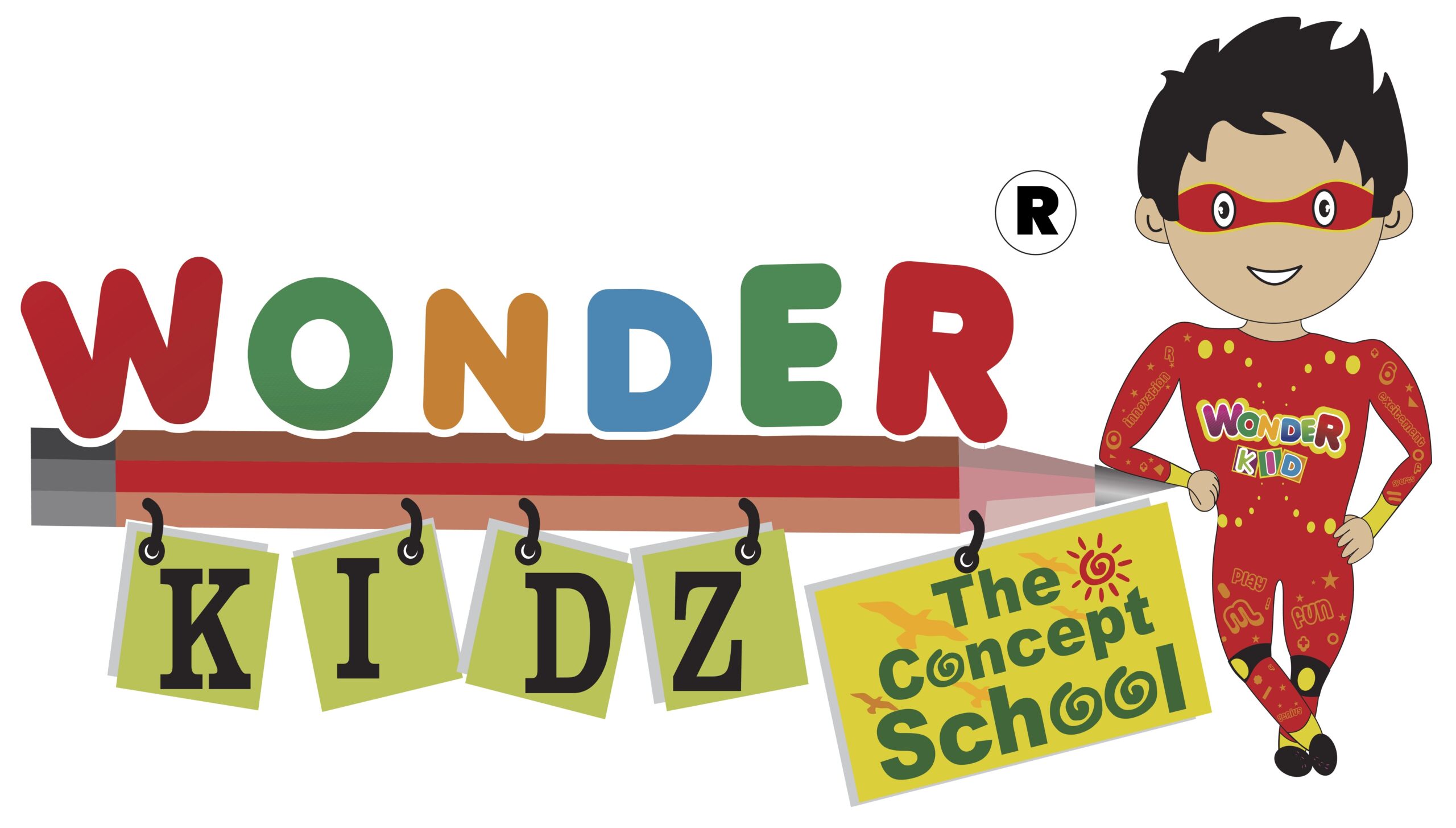
Selecting the right preschool curriculum is a significant decision, shaping the foundational years of a child’s education. With a range of approaches, from hands-on and play-based to structured academic and outdoor-focused, parents and educators can find the best fit to support children’s cognitive, social, emotional, and physical development. This comprehensive guide explores 12 popular preschool curriculums, highlighting their unique approaches, benefits, and goals to help you make an informed choice.
1. Montessori Curriculum: Fostering Independence and Self-Directed Learning
The Montessori approach, developed by Dr. Maria Montessori, focuses on hands-on learning, encouraging independence, and self-directed activities. Children in a Montessori environment can explore materials at their own pace, developing practical life skills and critical thinking abilities.
Key Features:
- Independence: Children are encouraged to choose activities that interest them, promoting self-confidence and responsibility.
- Hands-on Learning: Materials are tactile and designed to engage children’s senses, enhancing motor skills.
- Structured Freedom: Within a carefully prepared environment, children can learn in a guided yet self-directed way.
Benefits:
- Builds independence and self-confidence
- Enhances fine motor skills through practical life activities
- Encourages focus, patience, and discipline
2. Reggio Emilia Approach: Nurturing Curiosity and Expression
Originating from Italy, the Reggio Emilia approach is a child-centered philosophy that fosters creativity, curiosity, and self-expression. Through project-based learning, children explore topics of interest, often working collaboratively and expressing themselves through a variety of media.
Key Features:
- Expression through Art: Children express their ideas through art, storytelling, and other creative outlets.
- Collaborative Learning: Group projects encourage social skills and teamwork.
- Emergent Curriculum: Teachers adapt lesson plans based on children’s interests.
Benefits:
- Encourages creativity and critical thinking
- Develops social and communication skills
- Strengthens problem-solving abilities
3. Waldorf Curriculum: Balancing Academics with Imagination
Developed by Rudolf Steiner, the Waldorf curriculum integrates academics with arts and practical activities, creating a well-rounded educational experience. Emphasizing the importance of imagination, the Waldorf method encourages storytelling, creative play, and hands-on activities.
Key Features:
- Imaginative Play: Activities focus on storytelling, arts, and hands-on projects.
- Holistic Development: Children develop emotionally, physically, and spiritually.
- Rhythmic Structure: Daily routines provide a sense of stability and rhythm.
Benefits:
- Enhances creative thinking and imagination
- Encourages teamwork and social responsibility
- Supports a balance of intellectual, artistic, and practical skills
4. HighScope Curriculum: Structured and Evidence-Based
The HighScope curriculum emphasizes active participatory learning, where children engage in planning, doing, and reviewing activities. This structured approach builds problem-solving and decision-making skills in a predictable, research-backed environment.
Key Features:
- Active Learning: Children are encouraged to plan, execute, and reflect on their activities.
- Routine: A structured schedule with specific times for learning and play.
- Teacher as Facilitator: Teachers support children’s choices rather than directing them.
Benefits:
- Develops problem-solving and critical thinking
- Encourages active participation and responsibility
- Supports academic and social development
5. Bank Street Curriculum: Learning Through Experience
The Bank Street approach emphasizes experiential learning, encouraging children to engage with their surroundings and learn through direct experience. With a focus on social, emotional, and academic growth, this curriculum adapts to each child’s individual needs.
Key Features:
- Experiential Learning: Learning is hands-on, often incorporating real-world experiences.
- Emotional and Social Growth: Emphasizes interpersonal skills and emotional intelligence.
- Individualized Pace: Children progress according to their developmental readiness.
Benefits:
- Develops emotional and social skills
- Encourages curiosity and hands-on learning
- Supports holistic development
6. Creative Curriculum: Balancing Structure with Flexibility
The Creative Curriculum blends structured activities with free play, allowing teachers to adapt themes based on the children’s interests. It emphasizes holistic development across social, cognitive, emotional, and physical areas.
Key Features:
- Guided Learning: Lessons are structured but adaptable.
- Focus on Play: Both structured and free play are integral to the curriculum.
- Teacher-Guided Activities: Themes and activities are tailored to engage children’s interests.
Benefits:
- Encourages creativity and critical thinking
- Supports social and cognitive skills
- Balances academic learning with play
7. Forest School: Building Resilience in Nature
Forest schools emphasize outdoor education, where children spend significant time in nature, learning through environmental interaction. This curriculum fosters physical health, teamwork, and environmental stewardship.
Key Features:
- Outdoor Learning: Focus on nature-based activities.
- Physical and Social Skills: Emphasis on teamwork and physical fitness.
- Environmental Awareness: Children develop a connection with nature.
Benefits:
- Enhances physical and motor skills
- Builds resilience and adaptability
- Encourages environmental consciousness
8. Play-Based Curriculum: Learning Through Play
In play-based curriculums, play is used as a primary teaching tool to enhance children’s cognitive, social, and emotional development. Activities are child-led, fostering creativity and exploration.
Key Features:
- Child-Led Play: Emphasis on unstructured play.
- Social Development: Interaction with peers promotes social skills.
- Creative Exploration: Learning through play stimulates imagination.
Benefits:
- Supports cognitive and social skills
- Enhances creativity and curiosity
- Builds communication and problem-solving abilities
9. Academic Preschool Curriculum: Preparing for Formal Education
Academic preschools focus on preparing children for school with a structured introduction to literacy, math, and science. This curriculum offers a more formal learning environment.
Key Features:
- Early Literacy and Math: Emphasis on foundational skills.
- Structured Environment: Guided activities with clear objectives.
- School Readiness: Focuses on skills needed for kindergarten.
Benefits:
- Builds early academic foundations
- Promotes focus and discipline
- Prepares children for a successful transition to school
10. Religious-Based Curriculum: Integrating Faith with Education
Religious-based curriculums incorporate faith-based teachings alongside academic and social activities, instilling values and cultural traditions.
Key Features:
- Faith Integration: Lessons include religious teachings and values.
- Community Focus: Fosters a sense of belonging within a faith community.
- Balanced Learning: Combines academics with spiritual growth.
Benefits:
- Instills values of empathy and kindness
- Fosters cultural and spiritual awareness
- Balances academics with moral development
11. Language Immersion Curriculum: Building Bilingual Skills
In a language immersion setting, children are introduced to a second language through immersive activities, which can strengthen communication and cultural understanding.
Key Features:
- Full or Partial Immersion: Language used in daily activities.
- Cultural Exposure: Introduces children to new languages and cultures.
- Communication Skills: Strengthens language development.
Benefits:
- Builds multilingual abilities
- Enhances cognitive flexibility
- Supports global awareness
12. STEAM-Based Curriculum: Encouraging Innovation and Inquiry
The STEAM-based curriculum integrates science, technology, engineering, arts, and mathematics, encouraging inquiry and hands-on learning to prepare children for the future.
Key Features:
- Hands-On Learning: Engages children in problem-solving and critical thinking.
- Interdisciplinary Approach: Combines arts with technical subjects.
- Future-Oriented Skills: Prepares children for future academic paths.
Benefits:
- Builds innovative and analytical thinking
- Encourages teamwork and collaboration
- Fosters interest in STEM fields
Conclusion: Selecting the Right Preschool Curriculum
The variety of preschool curriculums provides families with options tailored to different developmental goals. Whether emphasizing creativity, academic readiness, social skills, or environmental awareness, each curriculum offers a unique approach to early childhood education. Parents and educators can choose the best fit to support children’s lifelong learning journey by aligning the program with the child’s interests and developmental needs.
Investing in a WONDER KIDZ Preschool Franchise can be a rewarding decision, both financially and personally. However, it requires careful consideration and planning. If you’re passionate about early childhood education and ready to take on the challenge, it could be the perfect opportunity for you in 2024.If you are interested in becoming a WONDER KIDZ franchisee or would like more information, please (Click Here) or call or WhatsApp at +91 94256 03871.
